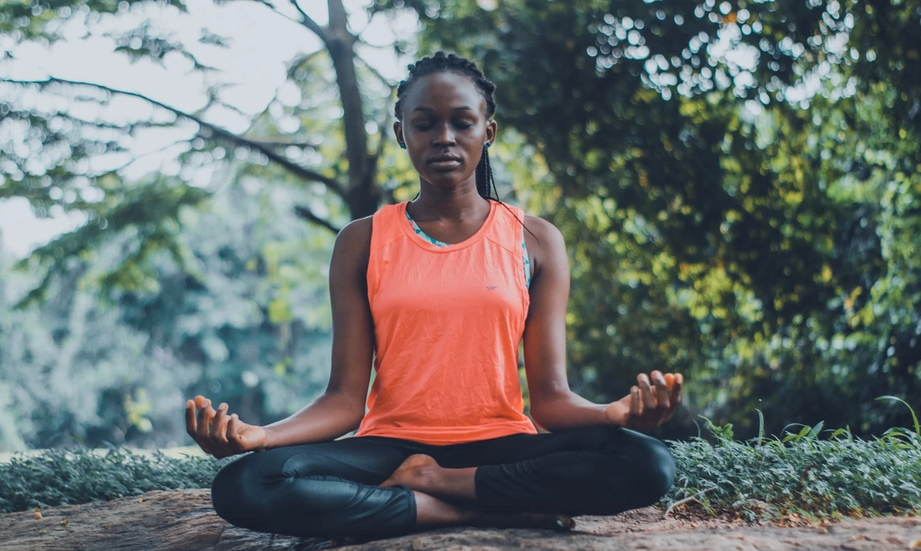Mindfulness mediation is a type of meditation where the focus is on being in touch with your thoughts. Instead of thinking of external forces the focus is on one’s self, this includes your outer self and inner self. Paying attention to what you physically are feeling and mentally feeling without passing judgement or interpretation. Mindfulness meditation includes breathing methods, mental imaging, and other practices.
While there are many benefits to mindfulness exercises one of the main ones is pain relief. You may be thinking how can mindfulness help with pain? Scientists at Wake Forest Baptist Medical Center have found new evidence that mindfulness meditation reduces pain. It was found Mindfulness meditation reduced pain by activating brain regions (orbitofrontal and anterior cingulate cortex) associated with the self-control of pain.
This study was crucial in supporting claims that mindfulness can in fact help with coping of pain. While many individuals think this may sound like you are training your mind to overcome pain or not feel pain. In reality mindfulness is more about achieving a mental state in which you are able to let go of negativity and calm down your mind, resulting in pain relief. In fact, mindfulness mediation when used in conjunction with physiotherapy or wellness chiropractic can even help speed up physical recovery according to a recent study on mindfulness and injury recovery.
How To Perform Mindfulness Meditation
The benefits of mindfulness meditation are that it can be done anywhere, anytime, for as short as 5 mins to well over an hour. To perform mindfulness mediation, you only need to follow a few short steps.
- Be sitting down – whether on a chair or the floor it does not matter.
- Get into position – now is the time to cross your legs if on a flat surface or if in a chair make sure your feet are touching the floor. Now straighten your back, raise your arms up in the air and rest them on your legs with your palms open facing the sky. Then close your eyes while slightly dropping your chin.
- Focus on your breath – Breath is one of the main contributors to mindfulness meditation. To start simply breath slowly in through your nose and out through your mouth, mentally acknowledging your breath in and out. This is key to achieving a mindful state.
- Don’t try to control your thoughts – one of the best aspects of mindful meditation is the fact you are not trying to mentally coerce thoughts on yourself but instead allowing your mind to flow with your breath. It is very important you do not try to control your thoughts but rather be an observer of your thoughts without engaging them or trying to control them.
- Enjoy the moment – pay attention to the way your body feels, your emotions, and what your thoughts are portraying.
- Exit your mindfulness session – After you have spent some time mentally meditating slowly open your eyes and lift your chin up. Taking a moment to take in your environment.
With lots of practice mindfulness meditation will help to bring the results of pain relief and relaxation you are looking for. Practice also will allow you to more quickly enter a meditative state.
